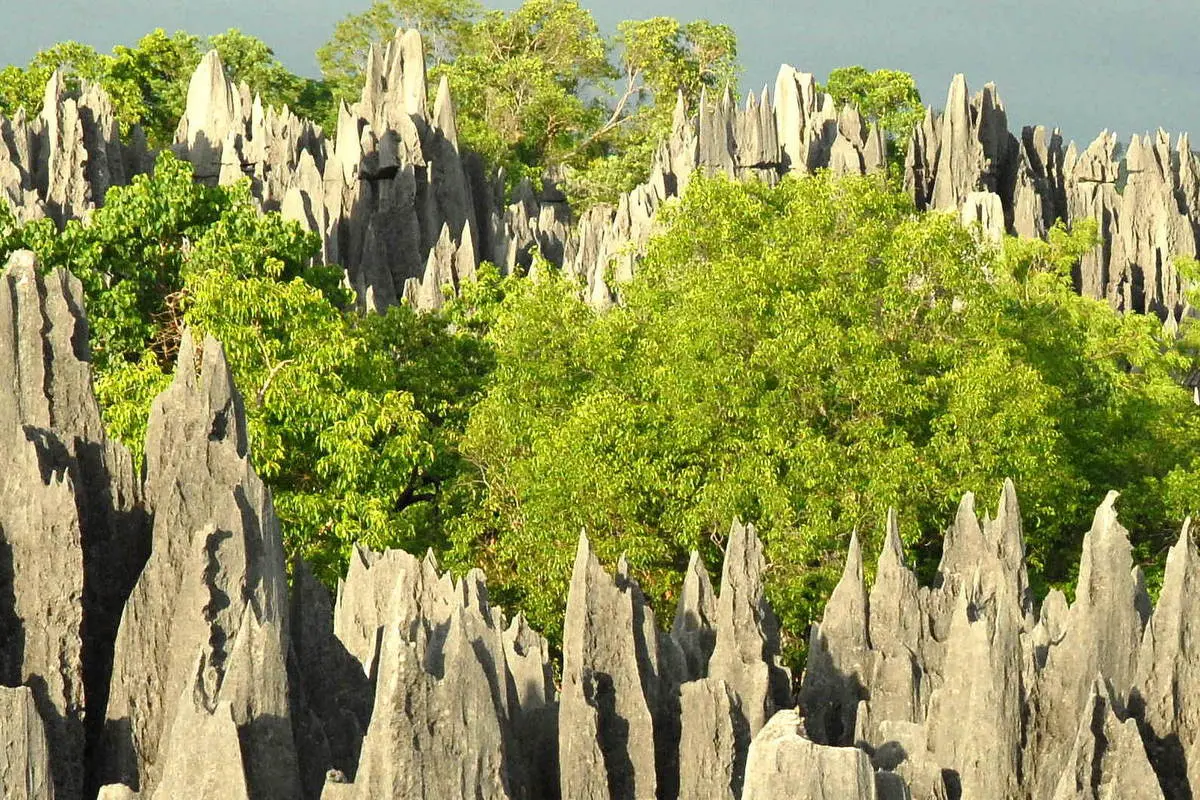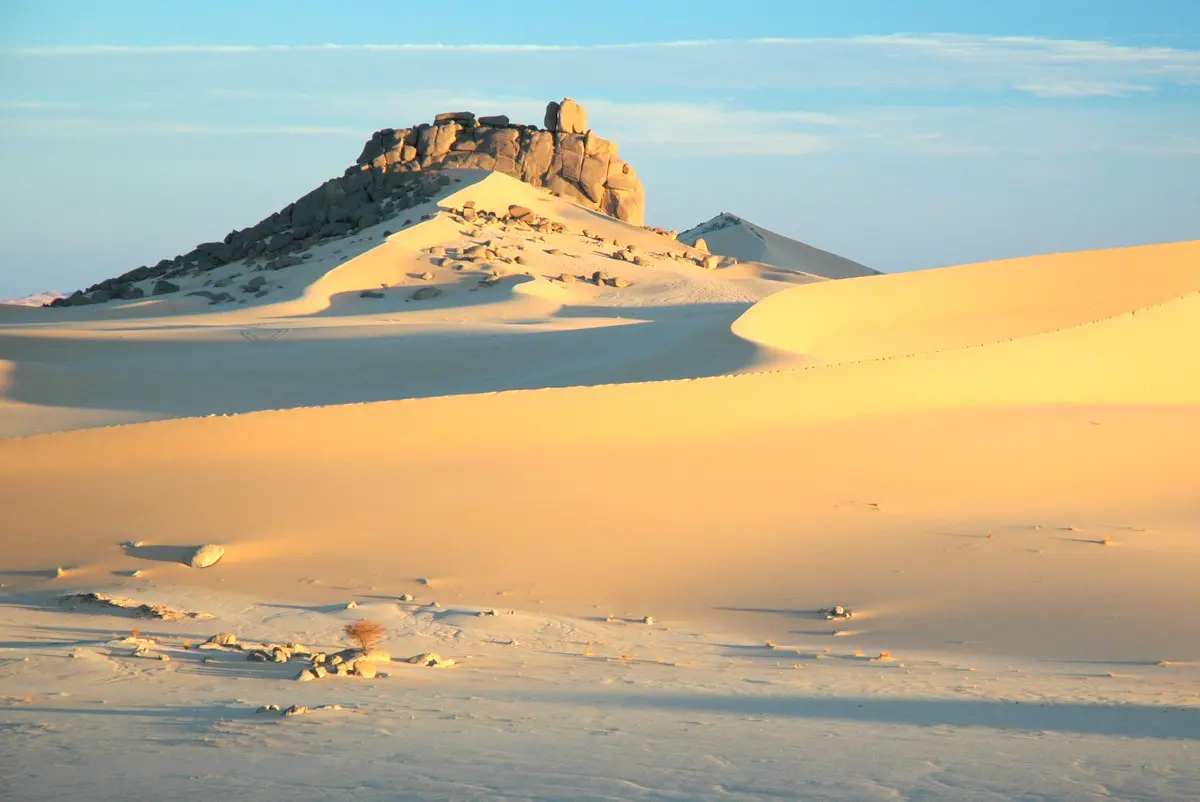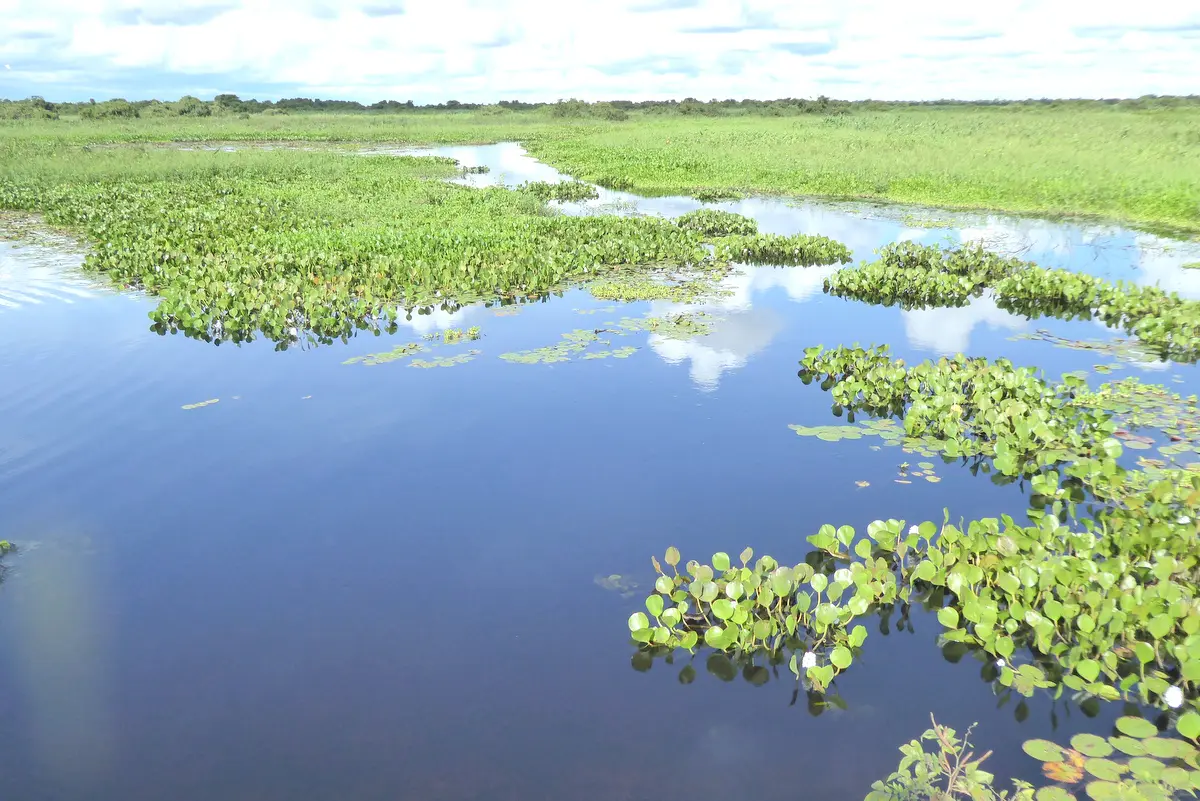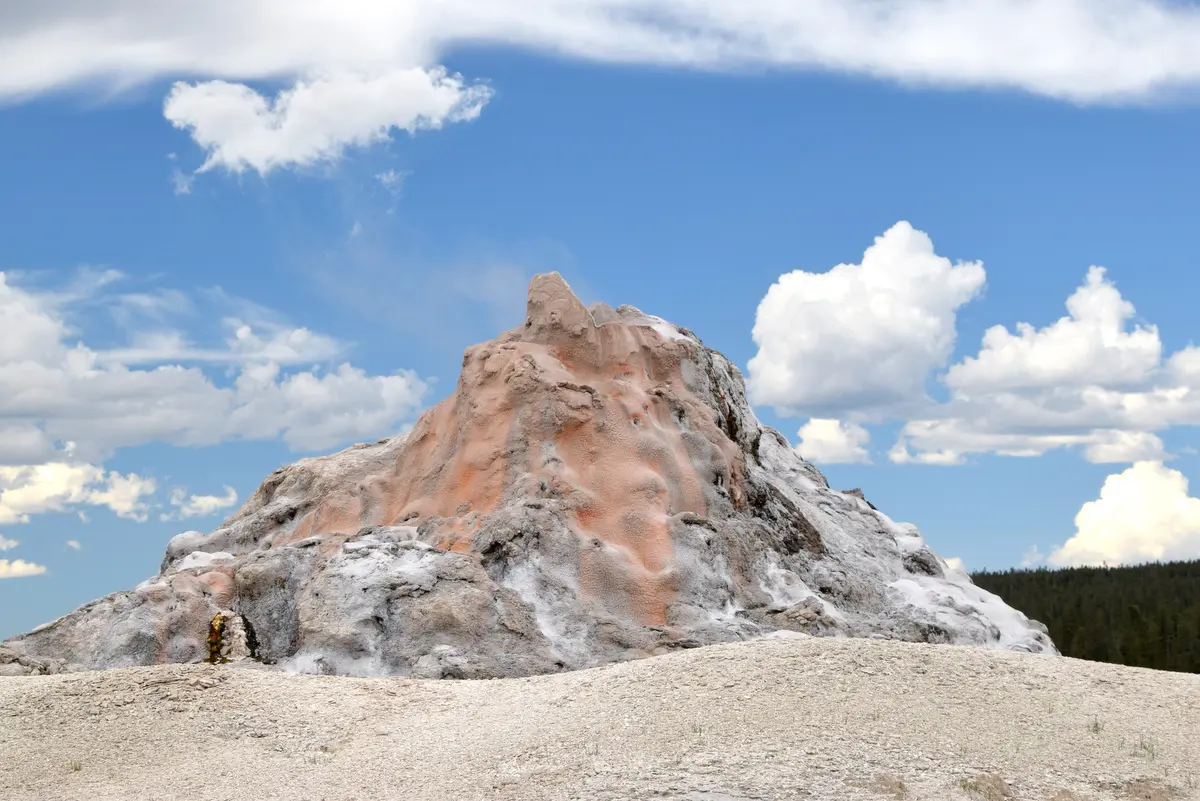More than a third (38%) of natural world heritage sites are listed under UNESCO’s criterion (viii) for their outstanding geological values. In many cases these may be secondary to other reasons for world heritage listing so only sites where ‘Earth Features’ are considered to be ‘core’ elements of a site’s inscription are included here. Caves, karst and fossil sites are considered elsewhere, leaving other Earth features to be considered here. These include volcanoes, waterfalls, and spectacular rocky landscapes that demonstrate particular patterns of erosion by water, ice, wind and ocean. In most cases the aesthetic ‘landscape appeal’ of sites is obvious, but in others, a detailed understanding of the geological story behind a particular site, expert knowledge and explanation is required.
Volcanoes and volcanic features are very well represented on the world heritage list and include many oceanic islands (considered under another category) as well as the places listed here. Two of the world’s most active volcanoes (Hawaii and Mount Etna) and the world’s largest caldera (Ngorongoro) are included here, alongside a further 11 places listed for their exceptional features of volcanic origin. These include the spectacular concentration of geothermal features in the USA’s Yellowstone National Park, a new volcanic island (Surtsey) off the coast of Iceland, evidence of ancient lava flows into the ocean (at Giant’s Causeway) and a range of other areas of volcanic activity, past and present from the high Andes (Sangay) to the islands of the Caribbean (Dominica’s ‘Morne Trois Pitons’ and Saint Lucia’s ‘Pitons’) and the remote South Atlantic (Australia’s Heard and MacDonald Is). Other notable examples of volcanic features include Korea’s ‘Jeju Lava Tubes’, Italy’s Aeolian Islands, New Zealand’s Tongariro, the Canary Island’s ‘Teide National Park’ and the Volcanoes of Kamchatka in Russia’s far east.
Three of the world’s most spectacular waterfalls are featured – Iguazu on the border between Brazil and Argentina; Angel Falls in Venezuela’s Canaima National Pak, and Mosi-oa-tunya/Victoria Falls in southern Africa. Elsewhere, a number of magnificent landscapes carved by ancient glaciers and iceflows (some still active) are featured in places such as Yosemite, the Kluane-Glacier Bay area in north America, the Ilulissat Icefjord on Greenland’s west coast and the West Norweijian Fjords. Glaciers have also played a key role in creating the spectacular landscapes of New Zealand’s extensive ‘Te Wahipounamu’ site and Indonesia’s Lorentz National Park on the tropical island of New Guinea.
Erosion by water, wind and ocean has produced particularly interesting landscapes in areas of limestone karst (considered in a separate category) as well many other places including the USA’s Grand Canyon, Australia’s Purnululu, China’s Danxia, Mali’s Cliffs of Bandiagara and Turkey’s remarkable ‘Goreme and Cappadocia’ freestanding sandstone pillars and hoodoos.
Mountains are considered in a separate category, but some of them are singled out here because they demonstrate the effects of collision between the Earth’s tectonic plates in an exceptional way. Three sites are believed to do this – the Tajik National Park in the Pamir Mountains of central Asia, the ‘Swiss tectonic arena’ in the Alps of central Europe and Lorentz National park on the Indonesian side of the island of New Guinea (where mountains are being pushed up between the Asian and Australian tectonic plates). Meanwhile, scientists have shown that the area around the Kvarken Archipelago (on the borders of Sweden and Finland) has the ‘highest rate of isostatic uplift’ in the world – something that may remain a little obscure to many of us!
The diversity of geological attributes that qualify sites for inscription on the world heritage list includes a few other unusual cases. Australia’s Fraser Island is the world’s largest sand island with numerous small lakes ‘perched’ on top of it; the Wadden Sea of northern Europe is an exceptional area of ‘depositional coastline’ behind a coastal sand barrier; and South Africa’s Vredefort Dome reveals the secrets of Earth’s oldest and largest meteorite impact.
‘To learn more about the spectacular volcanoes, waterfalls and other earth features represented on the world heritage list click on the links of featured sites in the table, or the photo tiles below. Note that some site pages are still under development so the links for these places are not yet active.’














